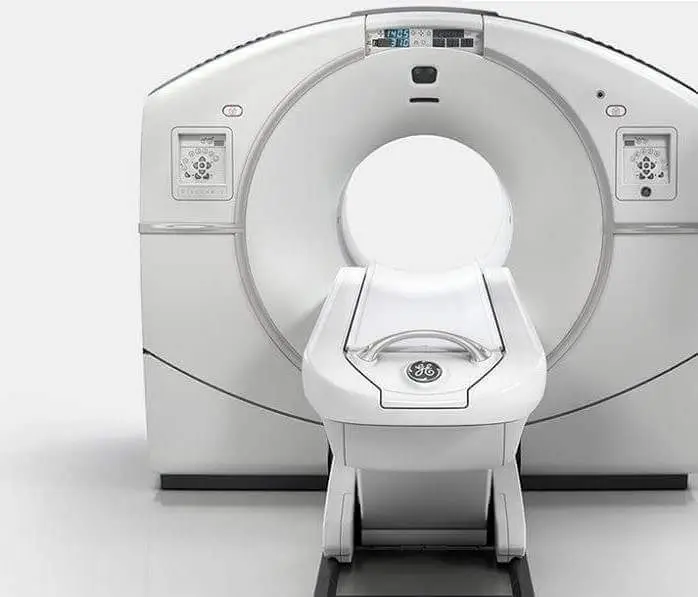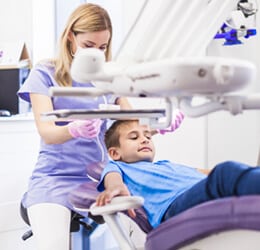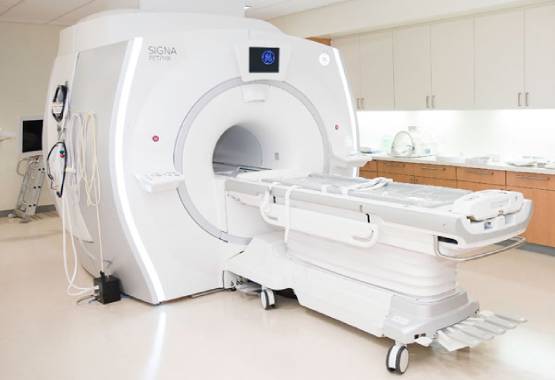Best Diagnostic Center in Chandigarh for All Medical Imaging Needs
As the leading diagnostic imaging center in Chandigarh, we provide comprehensive radiology services including MRI, CT Scan, PET-CT, Ultrasound, X-ray, Echocardiography, ECG, and EEG. Our state-of-the-art facilities are equipped with the latest diagnostic technology to deliver accurate results for patients across Chandigarh, Mohali, and Panchkula.
Why Choose Our Diagnostic Services in Chandigarh?
- Advanced technology with 1.5T and 3.0T MRI scanners
- Most affordable rates for all diagnostic tests in Chandigarh Tricity
- Same-day reporting by specialized radiologists
- Conveniently located centers across Chandigarh
- Complimentary pick and drop services for patients
- Open 7 days a week including holidays
Visit our centers in Sector 34, Sector 22, or Sector 17 Chandigarh for the best diagnostic experience. Book your appointment today for high-quality, affordable diagnostic services in Chandigarh.
Which Scan Is Best For Fatty Liver?
Amidst the various scanning modalities of 2023, from –
- Liver X-rays,
- Computed Tomography or CT scans, and
- Positron Emission Tomography or PET scan to
- Ultrasounds and more,
- Magnetic Resonance Imaging (MRI) is what serves best in diagnosing a fatty liver disease!
An MRI is considered the gold-standard modality, the first to pop up in the discussion of which scan is best for fatty liver.
Although this topic is subjective and varies from one patient to another and one doctor to another, an MRI scan is known to offer safety with diagnostic accuracy, unlike other imaging tests, like an X-ray, CT, or PET.
Are you wondering how? Discover it below!
Overview of MRI: Doctor’s Common Pick To Which Scan is Best For Fatty Liver!
MRI is the scanning process that involves a machine containing powerful magnets in the walls, which alongside computer-generated radio waves, produce images of your internal organs and tissues on a screen. An MRI scan does not indulge in invasion or radiation.
MRI Scans are the ones that can detect abnormalities located in deeper areas of your body, typically the soft tissues, and therefore appear as an efficient tool in diagnosing a fatty liver. The cross-sectional images they offer can help your doctor assess the stage of fatty liver, whether it is alcoholic or non-alcoholic, whether it is caused by obesity or other health complications, and so forth!
An MRI scan calculates the amount of fat present in your liver and shows us what type of fatty liver disease it is!
The differences between the proton’s precession in water and fat in the various MRI techniques allow an accurate fatty liver diagnosis.
MRI Scan Procedure & Preparation: A Quick See-Through!
The MRI scan takes place in a radiology center or hospital, usually on an outpatient basis. The scanning process may or may not use contrast administration into your body to enhance image clarity in fatty liver detection.
Disclaimer!
The contrast dye may bring mild side effects, like rashes, itchiness, or fatigue. So, if you have any allergies or skin diseases, make sure you inform your doctor before the scan.
During the scan, a team of radiology caregivers shall come into action. They are –
- The Radiologist who supervises the scan,
- The radiology technician who performs the scan, and
- Radiology staff who act as helping hands during the process.
When you enter the test lab, you will see a moveable table fixed to a tube-shaped machine. This is where the scanning happens. Once you lie down on the table, the caregiver shall move it inside and start the machine!
Again, another Disclaimer!
The inside of the machine seems claustrophobic, so if you have such tendencies, make sure you consult your doctor and get prior preparations, like –
- Carrying an earplug and eye mask to avoid the loud crackling noise and view inside the scanner enhances the anxiety and anticipation during the scan.
- Asking for blankets to make yourself feel at home while inside the semicircular machine.
- Getting a doctor’s recommendation for sedatives.
The scan may sometimes take as long as 90 minutes. So, it is also crucial for you to keep yourself free for a few hours indeed!
Why Do Doctors Consider MRI Scan Better Than Other Imaging Tests For Fatty Liver Diagnosis?
Doctors rely on MRI for fatty liver diagnosis due to two main reasons, as given below.
An MRI is A Safer Process
An MRI scan cannot in any way, leave room for post-scan health risks. Neither does it involve making cuts or wear & tear in your body, nor does it use radioactive tracers like other imaging studies!
Pregnant Women, Children, and adolescents, Young and Old, everyone can get an MRI scan, except those having metallic implants in the body, like dental fillings, pacemakers, cardioverter defibrillators, etc.
The non-indulgence to radiation in an MRI process helps reduce the chance of –
- Kidney problems,
- Cancers,
- Cutaneous Radiation Injuries,
- Acute radiation syndrome, and more.
These are all the risks that remain for other imaging tests, like X-ray, CT, or PET, in case the radiation dosage during the scan goes high. But an MRI has nothing of such!
An MRI can give no pain, no tissue damage due to the magnetic field, nothing!
An MRI is High in Diagnostic Accuracy
According to a study in Nature Journal, an MRI holds 60 to 94% sensitivities and 84 to 95% specificities in detecting non-alcoholic fatty liver disease. Another study in Springer refers to the high accuracy of MRI in all staged hepatic steatosis, or what we call fatty liver disease.
In fact, an MRI acts superior to a CT and Ultrasound in mild steatosis differentiation. The MRI scan quantifies liver fats for your doctor’s analysis and planning of the treatment course.
As per another study under the Baishideng Publishing Group, an MRI reserves 95% accuracy in screening grade 1 histological steatosis (fatty liver).
Likewise, the National Institutes of Health shows that an MRI is nearly 90% accurate in diagnosing liver fibrosis, the condition caused by a fatty liver. And as a result, an MRI can rule out the need for unnecessary liver biopsies.
Studies also highlight that MRI scans are about 78% accurate in screening liver cirrhosis, the last and final stage of fatty liver disease.
Final Thoughts:
Despite being supreme in fatty liver diagnosis, both in terms of accuracy and safety, MRI scans do have certain setbacks. These scans are expensive and not easily accessible to all healthcare centers and locations. Besides, an MRI report takes around 2 weeks to reach the patients.
That is why your doctor may sometimes go for an alternative. A safer alternative like an ultrasound or a more advanced Doppler ultrasound! You must abide by your doctor’s recommendation.
If your doctor recommends a liver MRI in Chandigarh, you can book one at a lower price from www.mrichandigarh.com.






